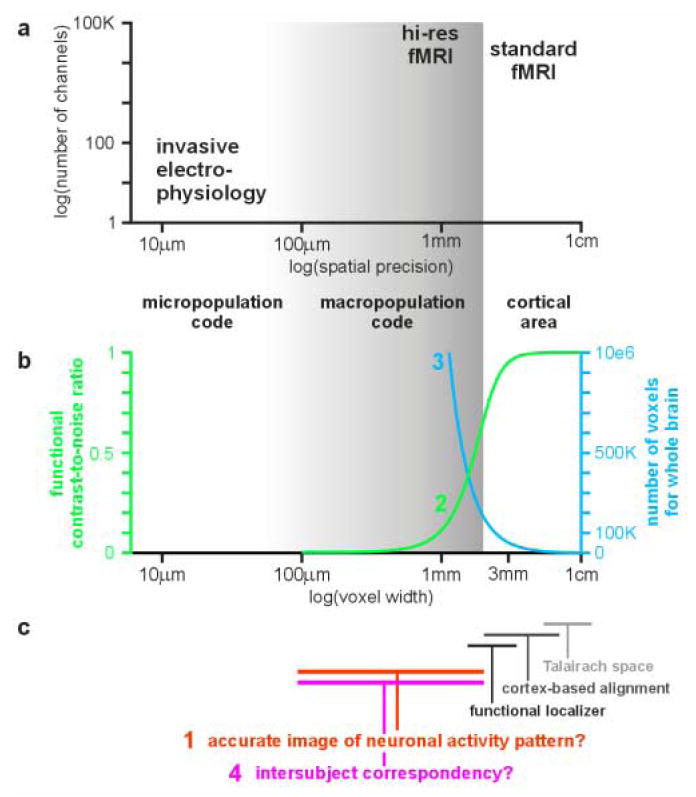Figure 1. Four challenges of hi-res fMRI.

(a) Comparison of fMRI (standard and hi-res) and invasive electrophysiology in terms of spatial precision and number of channels, with which brain activity is simultaneously measured. The gray shading indicates the precision range of hi-res fMRI (≤ 2 mm voxel width). (b) The FCNR drops rapidly when fMRI resolution is increased (challenge (2), green). The curve depends on many parameters, but retains its sigmoid shape for realistic values. The curve shown (for a 3T scanner) is based on the physiological-noise model of Krüger et al. (2001) and on theory and measurements of Bodurka et al. (2007): we assume physiological effects with a standard deviation of 1.25% signal change (measured value for gray matter during resting state). Here we further assume that half this physiological variance is of interest (e.g. related to some experimental task, thus defining the functional contrast) and the other half is physiological noise. We consider gray-matter voxels reflecting physiological effects with no partial-volume sampling. We assume a spatial signal-to-noise ratio (SNR) of 100 for 2-mm-wide isotropic voxels. This SNR is intermediate between the values determined for a birdcage coil and a 16-channel receive-only array coil used with a 3T MRI scanner (Bodurka et al. 2007). The blue curve shows the rapid growth of the number of voxels needed to cover the brain as voxels become smaller (challenge (3), blue). (c) In the hi-res range (gray shading), fMRI may give an inaccurate (blurred, distorted, displaced) image of the neuronal activity pattern (challenge (1), red). Moreover, a voxel-to-voxel intersubject correspondency is very difficult to define and, in fact, may not exist (challenge (4), magenta). Standard fMRI, by contrast, operates at the spatial scale of cortical areas. At this coarser scale, hemodynamic blurring, distortion and displacement of neuronal activity patterns is less problematic and intersubject correspondency is roughly determined by the Talairach common space, and more precisely by cortex-based intersubject alignment or a functional localizer experiment.
